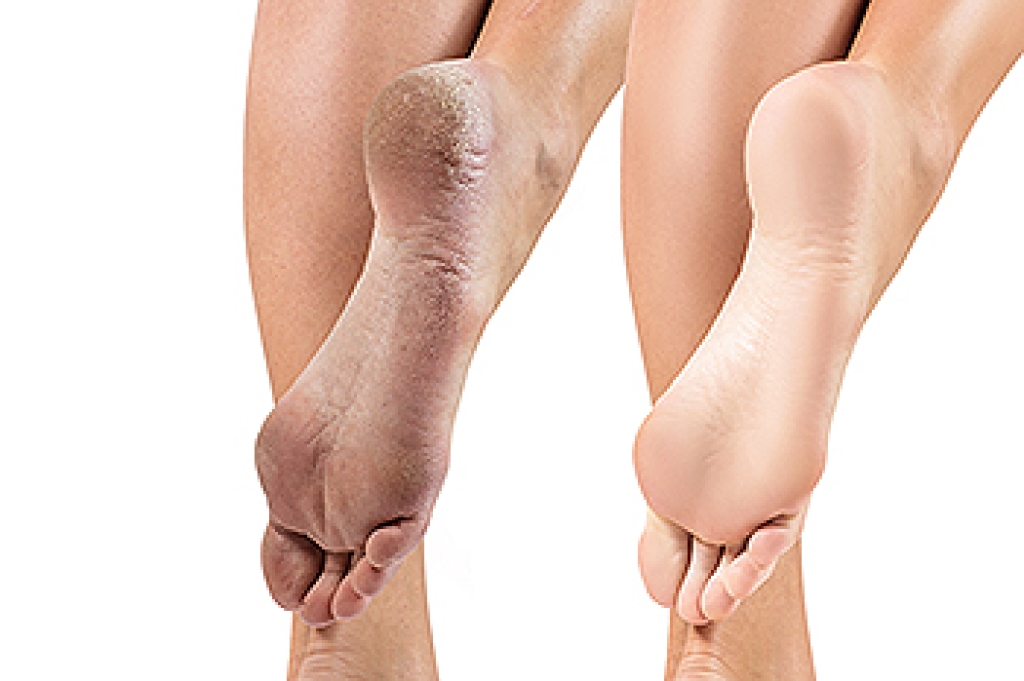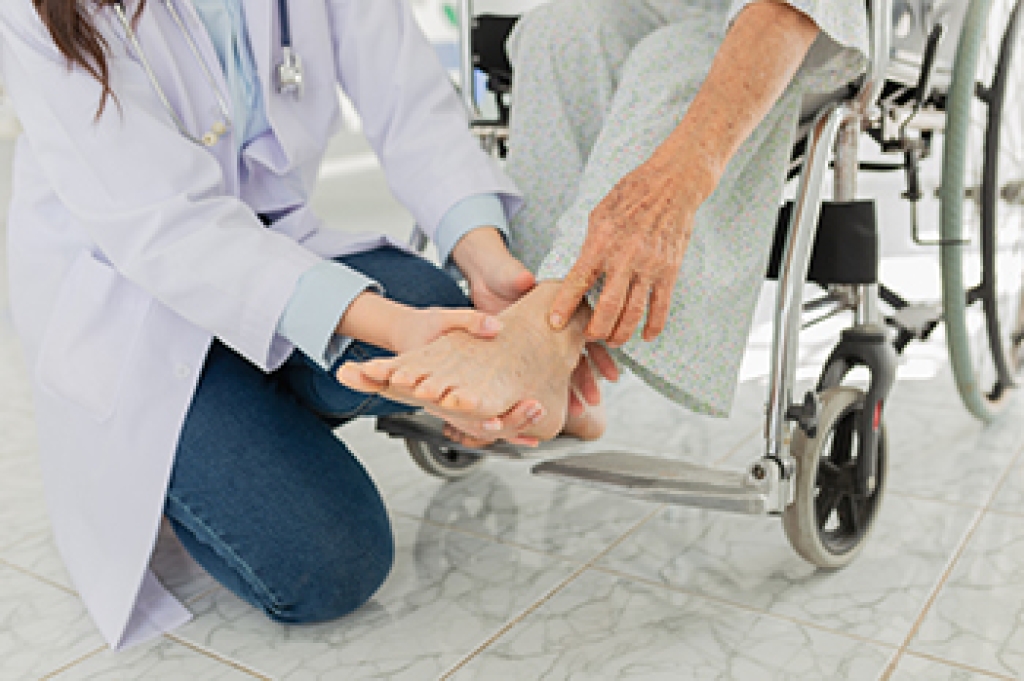
Cracked heels are not only a cosmetic concern but can also indicate underlying health issues, including vitamin deficiencies. Essential vitamins, particularly vitamins A, E, and B, play a vital role in maintaining skin health. A deficiency in vitamin A can lead to dry and flaky skin, making the heels more susceptible to cracking. Vitamin E, known for its antioxidant properties, helps in skin repair and hydration. Additionally, B vitamins contribute to overall skin health, and their lack can exacerbate dryness and irritation. Hydration and proper nutrition are essential for skin integrity, and ensuring an adequate intake of these vitamins can help prevent cracked heels. Cracked heels can be painful, and may cause difficulty in completing daily activities. If this applies to you, it is suggested that you contact a chiropodist who can help you manage this condition.
Dry, cracked heels are more than a cosmetic inconvenience. For many people, they are uncomfortable, deep, painful, and may even bleed. If you suffer from cracked heels, please consult with one of the chiropodists from The Footcare Centre. Our chiropodists can help you maintain the health of your lower limbs and your mobility.
Causes
- Prolonged standing
- Wearing open-back shoes
- Wearing shoes that don’t cushion the heels
- Living in a cold or dry climate
- Taking long, hot showers
- Not moisturizing the heels
- Eczema
- Psoriasis
- Palmoplantar keratoderma
- Juvenile plantar dermatosis
Treatments
- Soaking the feet
- Exfoliating with a pumice stone
- Moisturizing the heels
- Wearing closed-back shoes that cushion heels
- Avoiding prolonged standing
- Taking warm, rather than hot, showers
- Treating underlying skin conditions
While milder cases of cracked heels can be treated at home, some patients present with deep, painful, bleeding heel fissures that are at risk of becoming infected and may require medical care. Additionally, patients with diabetes or any other conditions that affect the immune system should be monitored by a chiropodist.
If you have any questions, please feel free to contact our office located in . We offer the newest diagnostic and treatment technologies for all your foot care needs.




